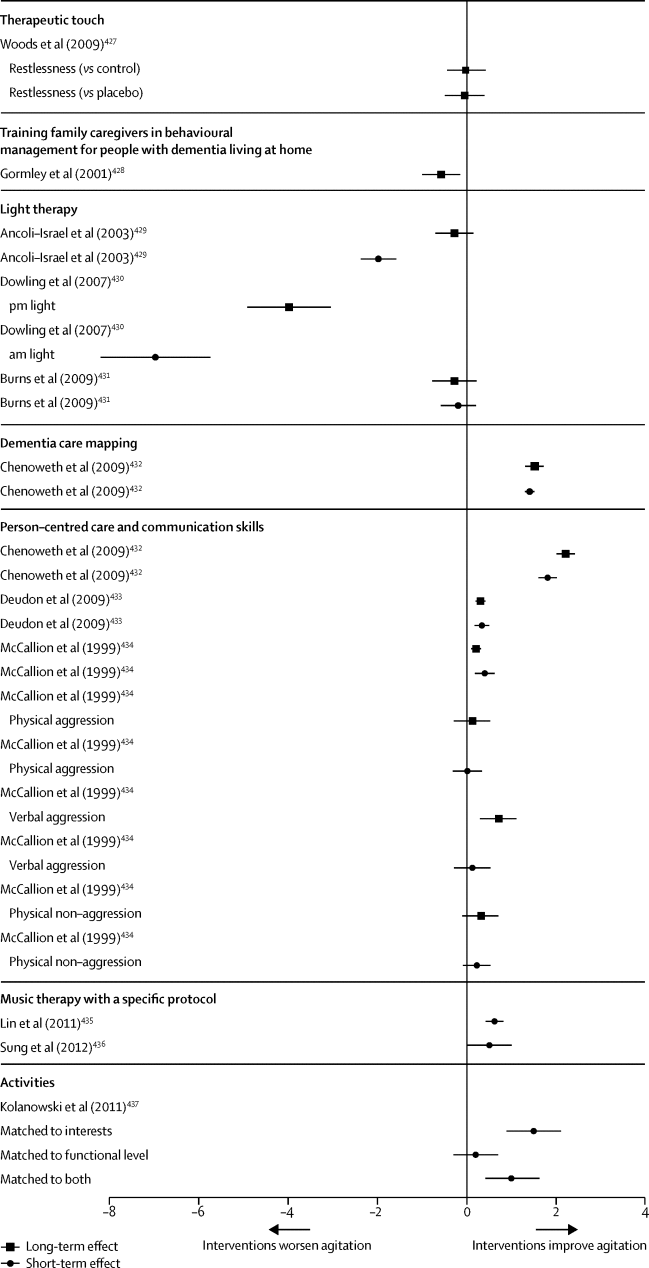

Based on these processes, we successfully fabricate a 500 nm thick BTO film with a 0.23 nm root mean square (RMS) roughness, which is sufficient to realize an EO modulator with a waveguide on its surface.įigure 2(a) shows the Raman spectra of the BTO target and BTO films grown at different oxygen partial pressures. The annealed BTO films are polished to retain the surface roughness and smoothen the textured surface caused by the growth of unexpected grains during post-annealing. The as-deposited films are then annealed to enhance the ferroelectric characteristics while maintaining the crack-free surface. 1, we first optimize the oxygen partial pressure for the growth of crack-free highly-strained BTO films on MgO substrates using pulsed laser deposition (PLD).

Since the device performance depends not only on the physical properties of films but also on their surface, it is very important to utilize strain to grow crack-free and ultra-smooth films, especially in the case of EO applications where the waveguide is required for optical signal propagation. Well-engineered strain through proper selection of substrate can greatly enhance certain properties of a film 14, but such strain may also lead to the degradation of film properties when the choice of suitable substrate is limited. Therefore, strain engineering is remarkably critical to improve the device performance. The significance of substrate induced strain in BTO film has been highlighted by its potential to enhancement of ferroelectric properties, the control of Curie temperature, and the formation of nanostructures 14– 16. In this paper, we will present a simple but versatile method to fabricate crack-free, ultra-smooth and strong ferroelectric BTO films on MgO by controlling the lattice strain through optimizing oxygen partial pressure during deposition and post-thermal treatment without the support of any buffer layer. The buffer layer such as strontium titanate (STO) has been utilized to reduce the lattice strain in BTO films, but the growth of epitaxial buffer layer is also a demanding process 12, 13. However, it is challenging to grow highly-crystalline BTO ( a BTO = ∼ 3.996 Å, c BTO = ∼ 4.029 Å) film on MgO ( a MgO = ∼ 4.213 Å) because of the lattice mismatch (lower than 5.4%) 11, which causes large strain on the film and roughens its surface. Considering superior EO properties of BTO films on Si substrates, it is necessary to explore the growth of BTO films on transparent substrates to extend the operating wavelength of EO devices to the visible spectral range.Īmong several transparent oxide substrates, magnesium oxide (MgO) has been considered as the most suitable substrate for on-chip waveguides and modulators because of its low optical index ( n = ∼ 1.73) 10, which satisfies wave-guiding conditions when a BTO film is directly deposited on the MgO substrate.

Especially, recent advances in BTO thin films for the development of high-speed and low-power consumption electro-optic (EO) modulators have attracted much attention for various types of photonic integrated circuits mostly in the near infrared range, taking advantage of the high Pockels effect 5– 9 which the refractive index of materials can be modified in proportion to the applied electric field. In particular, barium titanate (BTO) has been widely studied as a promising perovskite-type ferroelectric and piezoelectric material for the development of diverse optical and electrical devices, including capacitors 1, infrared detectors 2, and non-volatile memory 3, 4. Ferroelectricity is a key property of perovskite materials exhibiting spontaneous electric polarization, which can alter the physical properties of materials by the application of an external electrical field.


 0 kommentar(er)
0 kommentar(er)
